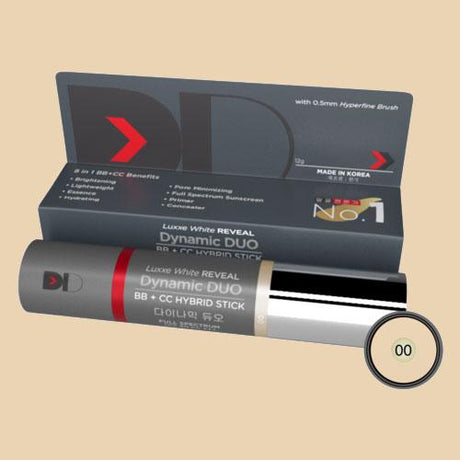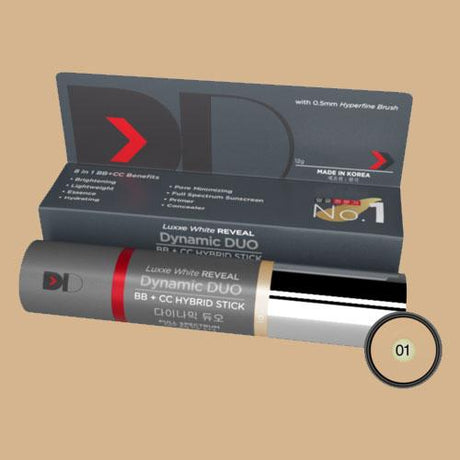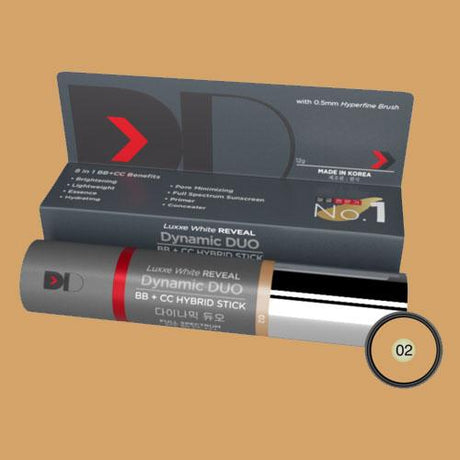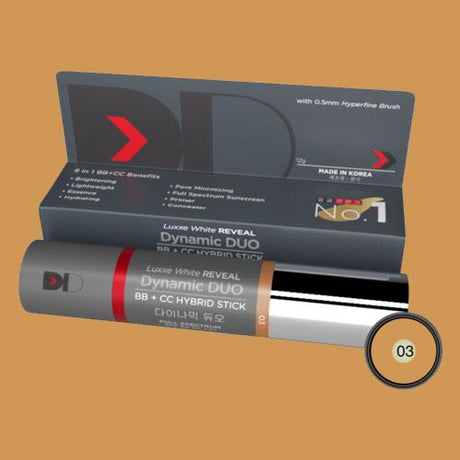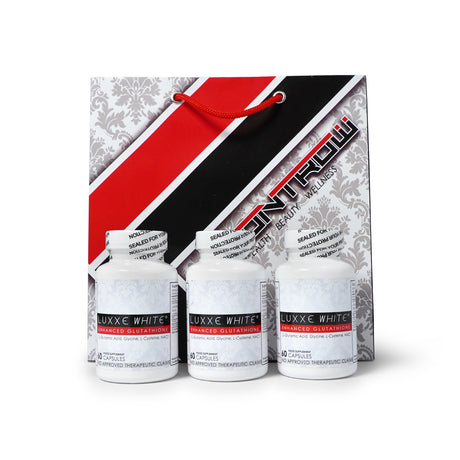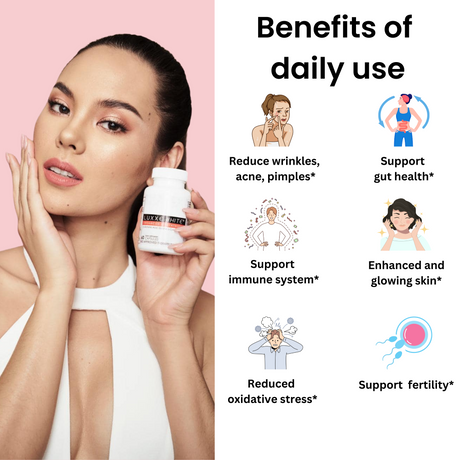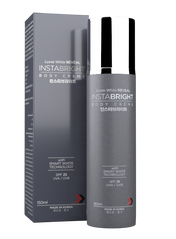In today’s digital age, YouTube has become a powerhouse platform for sharing content, building brands, and connecting with audiences worldwide. However, with millions of videos uploaded every day, standing out can be a challenge. This is where YouTube SEO (Search Engine Optimization) comes into play. In this guide, we'll cover the essentials of YouTube SEO for beginners, helping you optimize your videos and grow your channel effectively.
1. Understanding YouTube SEO
YouTube SEO is the process of optimizing your videos, playlists, and channel to rank higher in YouTube's search results. By leveraging the right keywords, tags, descriptions, and other factors, you can increase the visibility of your content, attract more viewers, and gain more subscribers.
2. Keyword Research
Just like with traditional SEO, keyword research is the foundation of YouTube SEO. Keywords are the terms that users type into the search bar to find content. Here’s how to find the best keywords for your videos:
- Use YouTube Search Suggestions: Start typing a relevant term in the YouTube search bar, and note the suggestions that appear. These are popular search queries related to your topic.
- Analyze Competitors: Look at the top-performing videos in your niche. Pay attention to the titles, descriptions, and tags they use.
- Keyword Tools: Use tools like Google Keyword Planner, TubeBuddy, or VidIQ to find keywords with high search volume and low competition.
3. Crafting the Perfect Title
Your video title is one of the most critical elements of YouTube SEO. It should be:
- Engaging and Descriptive: Clearly describe what the video is about while enticing viewers to click.
- Keyword-Rich: Include your primary keyword naturally within the title.
- Short and Sweet: Aim for 60 characters or less to ensure the entire title is visible in search results.
4. Optimizing Video Descriptions
A well-crafted description provides context for your video and helps YouTube understand its content. Here’s what to include:
- Primary Keyword: Use it in the first 25 words of your description.
- Detailed Information: Write a detailed summary of your video, including relevant keywords.
- Timestamps: Break down your video into sections with timestamps, making it easier for viewers to find specific content.
- Links and CTAs: Include links to your social media, website, or other videos, along with a call-to-action (CTA) encouraging viewers to subscribe or comment.
5. Tags and Categories
Tags help YouTube understand the content and context of your video. Use a mix of:
- Specific Tags: Directly related to your video topic.
- Broad Tags: General terms related to your niche.
- Long-Tail Tags: Phrases or sentences that are more specific and less competitive.
Choose the appropriate category for your video to help YouTube better classify it and show it to the right audience.
6. Thumbnails that Pop
Your video thumbnail is the first thing viewers see, so make it count. An eye-catching thumbnail can significantly increase your click-through rate (CTR). Ensure your thumbnails are:
- High-Quality: Clear and visually appealing.
- Relevant: Accurately represent the content of your video.
- Branded: Include consistent elements like colors, fonts, or logos to build brand recognition.
7. Engage with Your Audience
Engagement signals like likes, comments, shares, and watch time are crucial for YouTube SEO. Here’s how to boost engagement:
- Ask for Interaction: Encourage viewers to like, comment, and subscribe.
- Respond to Comments: Engage with your audience by replying to their comments.
- Create Playlists: Organize your videos into playlists to increase watch time and keep viewers on your channel longer.
8. Use End Screens and Cards
End screens and cards are tools that promote other content on your channel. Use them to:
- Suggest Related Videos: Keep viewers engaged by directing them to other videos they might like.
- Promote Subscriptions: Encourage viewers to subscribe to your channel.
- Link to External Sites: If you’re part of the YouTube Partner Program, use cards to link to your website or merchandise.
9. Monitor Analytics
Regularly reviewing your YouTube analytics helps you understand what’s working and what’s not. Key metrics to monitor include:
- Watch Time: Total minutes viewers have watched your videos.
- Audience Retention: Percentage of a video watched before viewers drop off.
- CTR: Percentage of people who click on your video after seeing the thumbnail.
- Engagement: Number of likes, comments, and shares.
10. Consistency is Key
Consistency in uploading videos helps maintain and grow your audience. Create a content calendar and stick to a regular posting schedule. This not only keeps your audience engaged but also signals to YouTube that your channel is active and reliable.
Conclusion
Mastering YouTube SEO takes time and effort, but the rewards are worth it. By optimizing your videos for search, you can attract more viewers, grow your subscriber base, and achieve your goals on YouTube. Start implementing these strategies today, and watch your channel soar to new heights!











